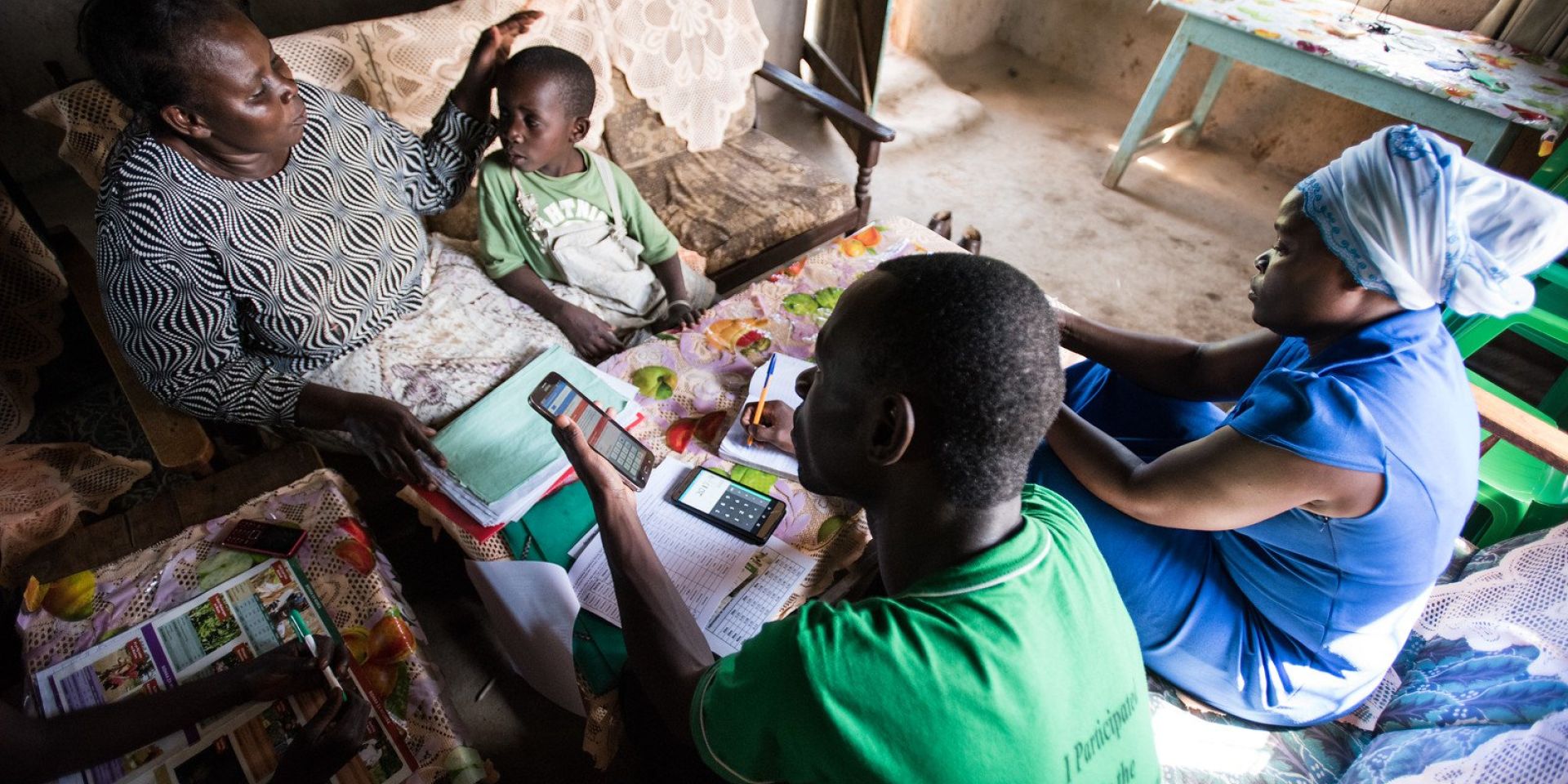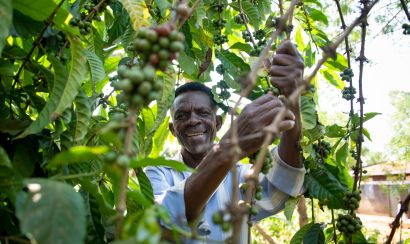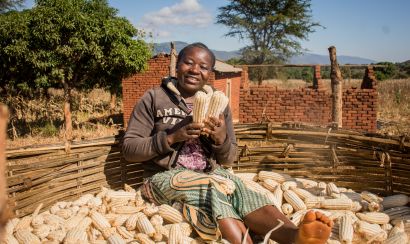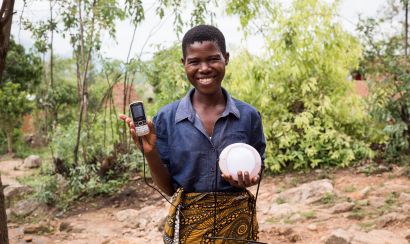Three Tips to Help your Farm Cope with Climate Change in East Africa
This article was written by Jennifer Nyanjui, One Acre Fund's former Global Director of Technology.
It’s an exciting time to be a techie and humanitarian in East Africa. Smartphone use on the continent nearly doubled from 2014 to 2016. Kenya now has faster mobile internet speeds than the United States. And technology leaders are asking how we can use this expanding access to do the most good for the most people.
Recently, I sat with One Acre Fund field officer Felix Wawire in Chwele District, Kenya as he discussed signs that the maize was ready to harvest. How much easier would this be, I thought, if they could pull up photos on a tablet, and identify the exact colors of the leaves instead of describing them?
Sometimes, the most powerful uses of technology are that simple. That’s why I’m passionate about “digital inclusion”-- expanding access to technology, along with the skills and knowledge to use it well.
Recently, I joined fellow leaders at the Aidex Nairobi conference to discuss social change in the digital age. While coming from a range of sectors -- from development (UNFPA, DanChurchAid), to academic institutions (African Academy of Sciences), to social businesses and entrepreneurs (iHub, GrowthAfrica, Bridge International Academies) -- we’re all deeply interested in using tech to improve our communities.
Here are three big ideas that emerged from our discussion:
1. Start with the basics
If we’re going to solve our society’s most pressing problems, we have to start with the basics. It can be tempting to jump to fancy solutions like drones or blockchain. But often it’s most powerful to apply simple technology to fundamental challenges, and start by meeting communities at their point of need.
For example, Bridge, which provides affordable education in vulnerable communities, uses technology to tackle teacher absenteeism, a major barrier to quality education. In Kenya, most primary school kids only spend about 60 percent of their time in school learning from a teacher. At Bridge, all 4,500 Kenyan teachers use a GPS-enabled tablet, ensuring they’re on time to school and kids are on task. This simple technology makes a huge difference: each week, students now cover five days worth of lessons instead of three.
iHub, a tech innovation hub in Nairobi, is using tech development principles to prototype solutions to drought in Kenyan pastoralist communities. At innovation centers in Marsabit and Garissa, iHub helps local entrepreneurs design new approaches like they would develop an app: conduct market research, pitch a prototype, and get user feedback. By building skills, a key element of inclusion, iHub is unlocking new ideas for old problems, like keeping livestock healthy, storing water, or harvesting enough food in a drought.
Johnni Kjelsgaard from GrowthAfrica, a business accelerator, put it well: "Many of the things we need technology to help us with are not sexy. It’s not always an MPesa-like solution. It's about making something a little bit better."
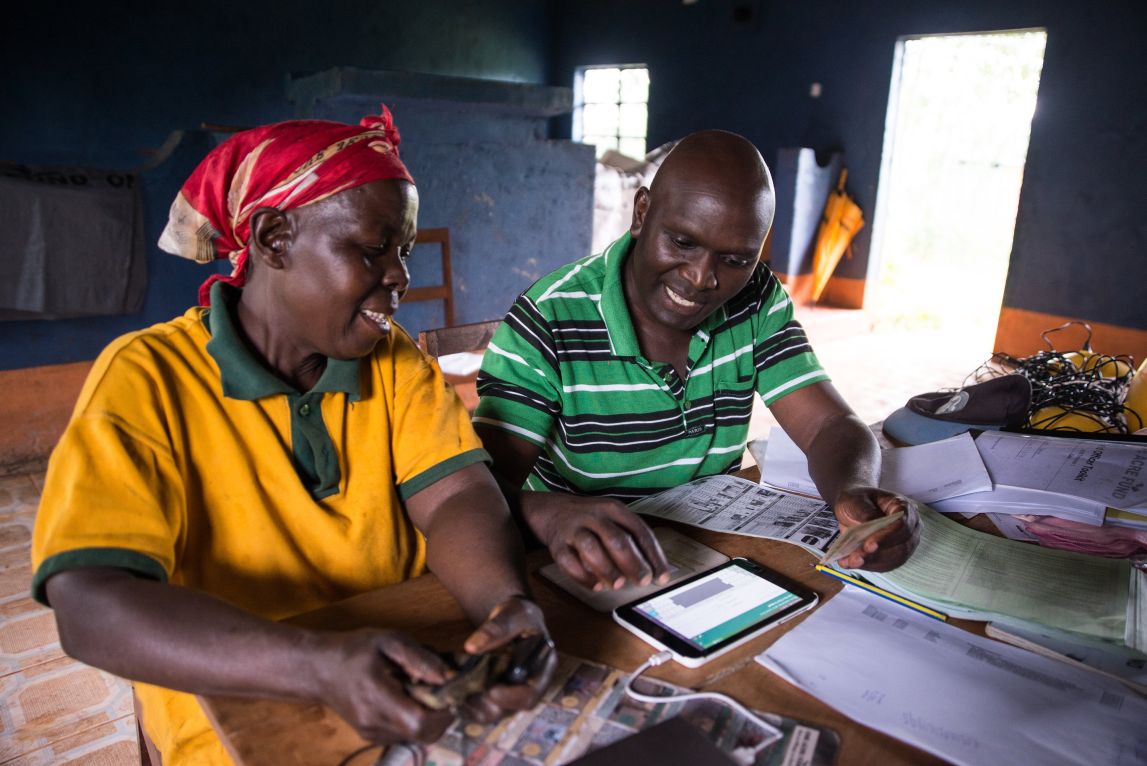
2. Design for the user
You can’t just build tech for tech’s sake -- you have to build it for the user. You have to go to where they are, see how they live, and see how they interact with the technology. This is the only way you will know how to design for them.
One Acre Fund is dedicated to designing for the user, with roughly 95% of our staff based in the rural areas where our farmers live. But sometimes we still miss the mark. For instance, in 2016, our clients in Kenya began to pay for our products and services using their mobile phones. We tracked their payments using their phone number. Almost immediately, we realized that some clients were sharing their phones with friends and neighbors, and multiple clients would pay using the same phone number. We quickly changed our system to accommodate this -- and learned a valuable lesson about user-centric design in the process.
DanChurchAid, a Danish NGO focused on poverty alleviation, also takes a user-centric approach. "We say we're designing for the user, but if you don't involve the people on the ground, you've missed the local context. The actual people in those communities can tell you what they need. It's up to us to add value as far as technology is concerned,” said Priscilla Chomba-Kinywa from DanChurchAid (Priscilla recently became head of digital and technology at ActionAid).
3. Make good content
Technology is not the innovation -- technology is the tool to deliver the innovation. If you want to make a difference, you have to actually deliver good content. This means providing content your user trusts, wants, and cares about.
For example, DanChurchAid has delivered health information to vulnerable communities via SMS, including people living with HIV and AIDS. Often these communities were hesitant to associate their mobile phone number with their HIV status. To build trust, DanChurchAid created a ton of privacy controls, and made sure the user understood all of the protections they were putting in place. They also made sure they delivered good content that users needed and could rely on for health information. The program wasn’t successful because of mobile phones, the program was successful because DanChurchAid made good content. The phones were, as they say, just the messenger.
DanChurchAid knows that technology is only as good as the content that it delivers. “Confidence is key. We need to have certain measures in place to ensure people trust us, people are confident in what we’re doing, and that we’re protecting them,” Priscilla Chomba-Kinywa said.
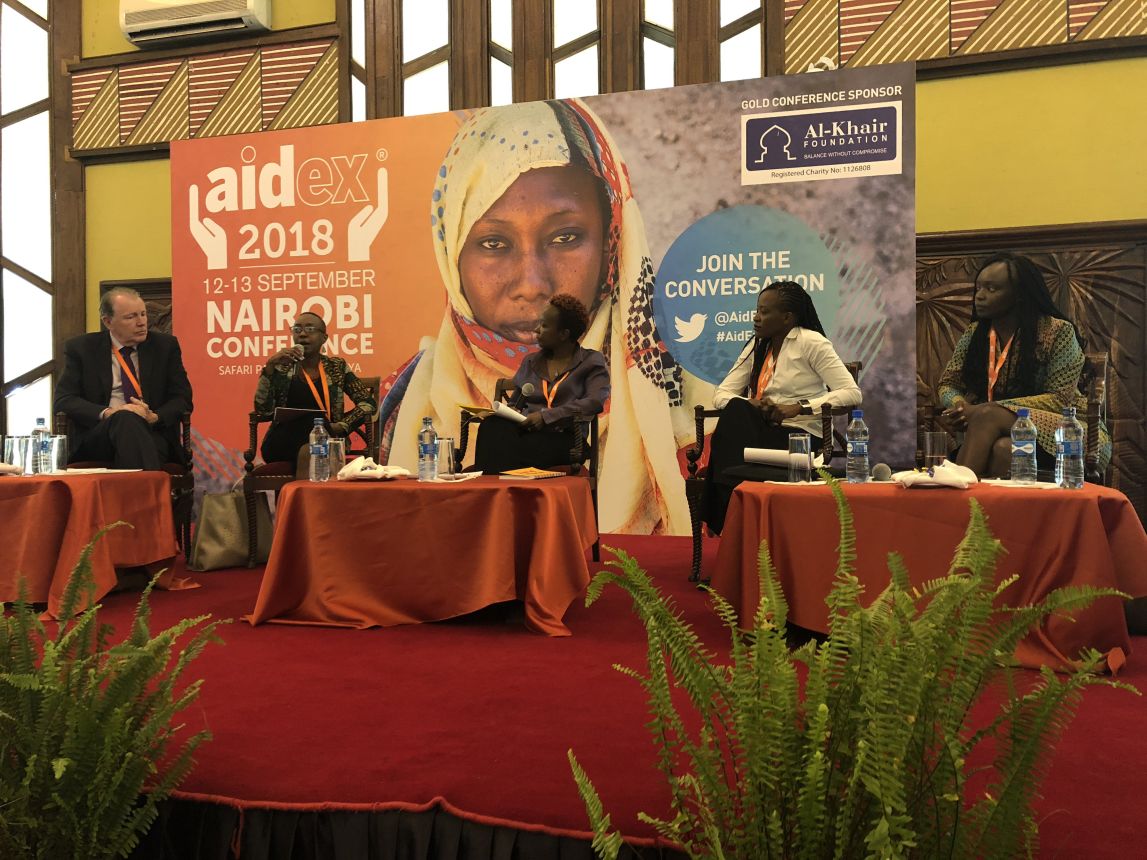
I came away from the conference more passionate than ever about digital inclusion. There is so much potential for impact, and all of the newest innovations are already at our fingertips. Together, we can ensure we don't leave anyone behind. It’s time to get to work.
